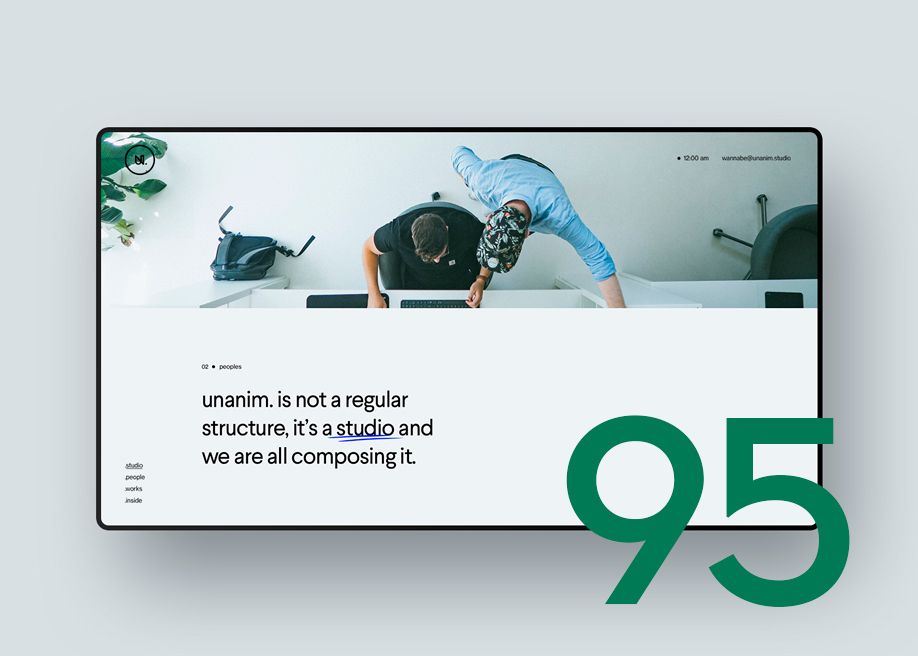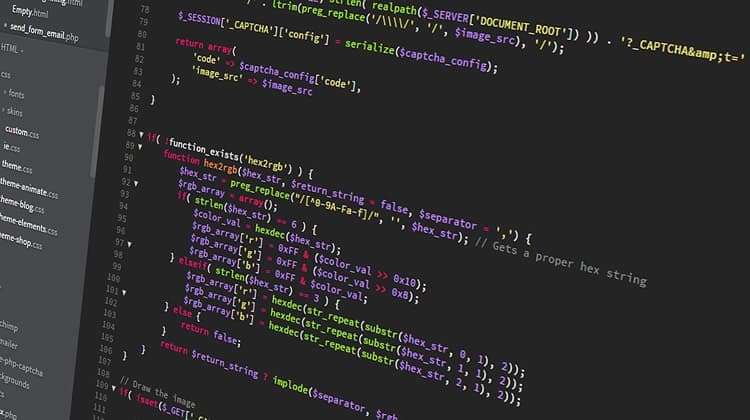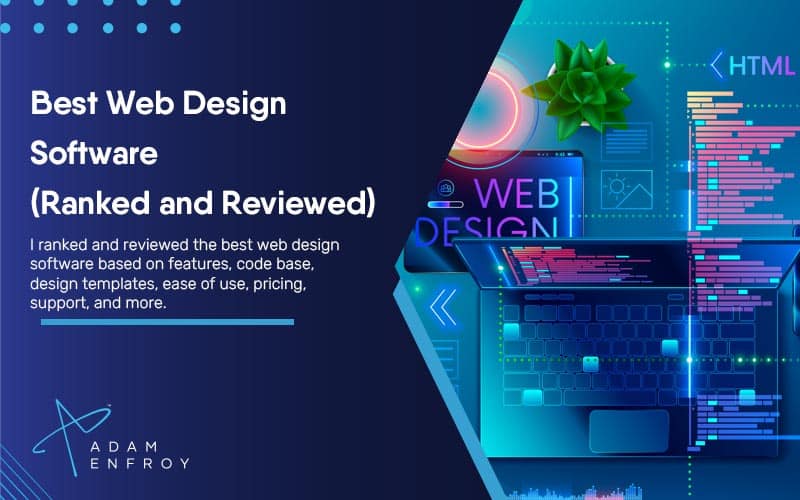All Categories
Featured
Table of Contents
- – Learn Responsive Design - Web.dev Tips and Tri...
- – Redtree Web Design - Pittsburgh Tips and Tric...
- – Top 30 Web Design Companies - Apr 2022 - Desi...
- – Law Firm Website Design, Attorney Web Design,...
- – Web Design Definition - Techterms Tips and Tr...
- – Webpage Design (Article) - Further Learning -...
- – Top 30 Web Design Companies - Apr 2022 - Des...
- – Awwwards - Website Awards - Best Web Design ...
- – What Can I Do With A Web Design And Developm...
- – 12 Essential Tips For Improving Your Web Des...
- – Web Design Studio & Digital Marketing Agency...
Learn Responsive Design - Web.dev Tips and Tricks:
Quick summary Functionality and the utility, not the visual style, figure out the success or failure of a website. Because the visitor of the page is the only individual who clicks the mouse and therefore decides everything, user-centric design has developed as a basic method for successful and profit-oriented web style - web design frederick md.
and the utility, not the visual style, determine the success or failure of a website. Considering that the visitor of the page is the only person who clicks the mouse and for that reason decides whatever, user-centric design has ended up being a basic method for effective and profit-oriented website design. If users can't use a feature, it might as well not exist.
g. where the search box need to be put) as it has currently been done in a variety of articles; instead we focus on the approaches which, used effectively, can cause more sophisticated style decisions and streamline the process of perceiving presented info. Please discover that you may be interested in the usability-related posts we have actually released prior to: Principles Of Great Website Style And Efficient Website Design Guidelines, In order to use the concepts effectively we first require to understand how users connect with sites, how they think and what are the basic patterns of users' behavior.
Redtree Web Design - Pittsburgh Tips and Tricks:
Visitors glimpse at each new page, scan a few of the text, and click on the very first link that catches their interest or slightly resembles the important things they're searching for. There are big parts of the page they don't even look at. The majority of users search for something interesting (or useful) and clickable; as quickly as some promising prospects are discovered, users click.
If a page offers users with top quality material, they are willing to compromise the material with ads and the style of the website. This is the reason that not-that-well-designed sites with high-quality material get a lot of traffic over years. Material is more crucial than the style which supports it.

Very easy concept: If a site isn't able to satisfy users' expectations, then designer failed to get his task done correctly and the business loses money. The higher is the cognitive load and the less intuitive is the navigation, the more ready are users to leave the website and search for alternatives.
Top 30 Web Design Companies - Apr 2022 - Designrush Tips and Tricks:
Neither do they scan webpage in a linear fashion, going sequentially from one site section to another one. Instead users satisfice; they select the first reasonable choice. As quickly as they discover a link that looks like it may lead to the goal, there is a really great possibility that it will be immediately clicked.
It doesn't matter to us if we comprehend how things work, as long as we can use them. If your audience is going to imitate you're developing billboard, then design excellent signboards." Users wish to be able to control their web browser and depend on the constant information discussion throughout the site.
If the navigation and site architecture aren't instinctive, the variety of concern marks grows and makes it harder for users to understand how the system works and how to obtain from point A to point B. A clear structure, moderate visual hints and quickly recognizable links can assist users to discover their path to their objective.
Law Firm Website Design, Attorney Web Design, Lawyer ... Tips and Tricks:

Given that users tend to check out websites according to the "F"-pattern, these 3 declarations would be the very first aspects users will see on the page once it is loaded. The design itself is simple and intuitive, to understand what the page is about the user requires to search for the response.
As soon as you've accomplished this, you can communicate why the system works and how users can take advantage of it. Individuals won't utilize your website if they can't find their way around it. 2. Don't Misuse Users' Patience, In every job when you are going to use your visitors some service or tool, attempt to keep your user requirements very little.
Novice visitors are willing to, not filling long web kinds for an account they may never ever utilize in the future. Let users check out the site and discover your services without forcing them into sharing private data. It's not sensible to force users to get in an email address to evaluate the function.
Web Design Definition - Techterms Tips and Tricks:
Stikkit is a best example for an easy to use service which requires practically nothing from the visitor which is unobtrusive and reassuring. And that's what you desire your users to feel on your web website. Obviously, Mite needs more. The registration can be done in less than 30 seconds as the form has horizontal orientation, the user does not even require to scroll the page.
A user registration alone is enough of an obstacle to user navigation to cut down on incoming traffic. Handle To Focus Users' Attention, As websites provide both fixed and vibrant material, some elements of the user interface attract attention more than others do.
Focusing users' attention to specific areas of the site with a moderate usage of visual components can assist your visitors to obtain from point A to point B without thinking of how it actually is supposed to be done. The less question marks visitors have, the they have and the more trust they can establish towards the company the website represents.
Webpage Design (Article) - Further Learning - Khan Academy Tips and Tricks:
Make Every Effort For Feature Exposure, Modern web designs are typically criticized due to their approach of guiding users with aesthetically appealing 1-2-3-done-steps, large buttons with visual results and so on. From the style viewpoint these aspects actually aren't a bad thing.
The website has 9 primary navigation alternatives which are noticeable at the first glance. What matters is that the material is well-understood and visitors feel comfortable with the way they engage with the system.
Instead a price: simply what visitors are looking for. An optimal option for effective writing is touse brief and concise expressions (come to the point as rapidly as possible), use scannable design (categorize the material, use multiple heading levels, use visual aspects and bulleted lists which break the circulation of consistent text blocks), use plain and objective language (a promotion does not need to sound like ad; provide your users some affordable and objective factor why they should use your service or remain on your site)6.
Top 30 Web Design Companies - Apr 2022 - Designrush Tips and Tricks:
Users are seldom on a site to take pleasure in the style; moreover, for the most part they are looking for the information despite the design - web design frederick md. Strive for simpleness rather of intricacy. From the visitors' viewpoint, the very best site design is a pure text, without any advertisements or additional material blocks matching precisely the query visitors used or the material they have actually been searching for.
Finch plainly presents the information about the website and gives visitors a choice of options without overcrowding them with unneeded material. 7. Do not Be Afraid Of The White Area, Actually it's truly tough to overstate the importance of white space. Not just does it help to for the visitors, but it makes it possible to perceive the information provided on the screen.
Complex structures are harder to check out, scan, analyze and deal with. If you have the choice in between separating two design sectors by a noticeable line or by some whitespace, it's typically better to utilize the whitespace solution. (Simon's Law): the much better you manage to offer users with a sense of visual hierarchy, the easier your material will be to perceive.
Awwwards - Website Awards - Best Web Design Trends Tips and Tricks:
The exact same conventions and rules need to be applied to all elements.: do the most with the least amount of cues and visual components. Four significant points to be thought about: simplicity, clarity, diversity, and focus. Simpleness includes just the components that are essential for communication. Clearness: all components need to be created so their significance is not ambiguous.
Conventions Are Our Friends, Traditional design of website components does not result in an uninteresting web site. It would be a functionality headache if all sites had various visual discussion of RSS-feeds.
understand what they're expecting from a site navigation, text structure, search positioning etc. A typical example from usability sessions is to equate the page in Japanese (assuming your web users don't know Japanese, e. g. with Babelfish) and supply your functionality testers with a job to discover something in the page of different language.
What Can I Do With A Web Design And Development Degree? Tips and Tricks:
Test Early, Test Frequently, This so-called TETO-principle ought to be used to every web style task as usability tests frequently supply into considerable issues and problems related to a provided design. Test not too late, not too little and not for the incorrect factors.
Some important points to remember: according to Steve Krug, and testing one user early in the job is better than testing 50 near the end. Accoring to Boehm's very first law, mistakes are most regular throughout requirements and style activities and are the more pricey the later on they are removed.
That suggests that you design something, test it, fix it and after that test it again. There may be issues which have not been discovered during the very first round as users were virtually obstructed by other issues. use tests. Either you'll be pointed to the issues you have or you'll be indicated the absence of major design defects which is in both cases an useful insight for your job.
12 Essential Tips For Improving Your Web Design In 2022 Tips and Tricks:

This holds for designers. After you've worked on a site for couple of weeks, you can't observe it from a fresh viewpoint anymore. You understand how it is built and for that reason you understand exactly how it works you have the knowledge independent testers and visitors of your site wouldn't have.
It can be connected to other areas such as graphic design, user experience, and multimedia arts, but is more appropriately seen from a technological perspective. It has become a large part of individuals's daily lives. It is tough to picture the Web without animated graphics, different designs of typography, background, videos and music.

Throughout 1991 to 1993 the World Wide Web was born. Text-only pages might be viewed using a basic line-mode internet browser. In 1993 Marc Andreessen and Eric Bina, developed the Mosaic internet browser. At the time there were several web browsers, however most of them were Unix-based and naturally text heavy. There had been no integrated technique to graphic design components such as images or sounds.
Web Design Studio & Digital Marketing Agency • Gravitate Tips and Tricks:
The W3C was developed in October 1994 to "lead the Internet to its full capacity by establishing common protocols that promote its advancement and guarantee its interoperability." This prevented any one business from monopolizing a propriety internet browser and shows language, which could have altered the effect of the Web as a whole.
As this has happened the innovation of the web has likewise carried on. There have likewise been considerable changes in the method people utilize and access the web, and this has actually altered how websites are designed. Given that the end of the internet browsers wars [] brand-new internet browsers have actually been released. A number of these are open source meaning that they tend to have much faster development and are more encouraging of new requirements.
Learn more about Lovell Media Group LLC or TrainACETable of Contents
- – Learn Responsive Design - Web.dev Tips and Tri...
- – Redtree Web Design - Pittsburgh Tips and Tric...
- – Top 30 Web Design Companies - Apr 2022 - Desi...
- – Law Firm Website Design, Attorney Web Design,...
- – Web Design Definition - Techterms Tips and Tr...
- – Webpage Design (Article) - Further Learning -...
- – Top 30 Web Design Companies - Apr 2022 - Des...
- – Awwwards - Website Awards - Best Web Design ...
- – What Can I Do With A Web Design And Developm...
- – 12 Essential Tips For Improving Your Web Des...
- – Web Design Studio & Digital Marketing Agency...
Latest Posts
Awwwards - Website Awards - Best Web Design Trends Tips and Tricks:
Website Design - Best Ecommerce Web Design By Shopify Tips and Tricks:
Web Design Shopify:
More
Latest Posts
Awwwards - Website Awards - Best Web Design Trends Tips and Tricks:
Website Design - Best Ecommerce Web Design By Shopify Tips and Tricks:
Web Design Shopify: